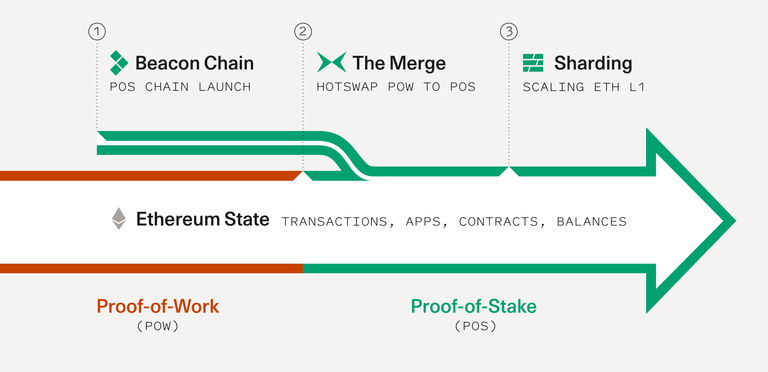
At the Devcon SEA conference, Ethereum Foundation researcher Justin Drake presented the "Beam Chain," an ambitious proposal to upgrade Ethereum’s consensus layer. Dubbed by some as "Ethereum 3.0," the initiative seeks to accelerate block validation, lower staking requirements for validators, and leverage advanced cryptographic technologies to enhance scalability and security.
Ushering in a New Era for Ethereum
Drake contextualized Beam Chain within Ethereum's evolutionary roadmap, suggesting it could mark the beginning of the “Zero-Knowledge (ZK) Era.” This follows Ethereum’s 2022 transition from proof-of-work to proof-of-stake with The Merge. The Beam Chain proposal incorporates SNARKs (Succinct Non-Interactive Argument of Knowledge), cryptographic proofs that verify computations or data without revealing underlying information, promising improved scalability and privacy.
Key features of the proposal include:
- Shortened Slot Times: Reducing block proposal intervals from 12 seconds to 4 seconds, enabling block finalization within three slots.
- Simplified Network Structure: Potentially removing the epoch system, which currently organizes validator duties into groups of 32 slots.
- Reduced Staking Requirements: Lowering the minimum stake to activate a validator node from 32 ETH to just 1 ETH, promoting inclusivity and reducing entry barriers.
Drake emphasized that these enhancements aim to address design limitations of Ethereum's current Beacon Chain while ensuring broader participation. However, community consensus will be critical for this transformative upgrade.

Enhancing Scalability Without Layer 2 Reliance
The Beam Chain proposal could significantly boost Ethereum’s scalability, potentially reducing the need for Layer 2 solutions. While Layer 2 technologies are essential for Ethereum’s current scaling, debates persist about their impact on the base layer's value.
A native zkEVM (Zero-Knowledge Ethereum Virtual Machine) integrated into Beam Chain could allow nodes to validate blocks via SNARKs, removing gas limits and enabling larger block sizes. This innovation might redefine Ethereum’s scalability potential while streamlining operations on the mainnet.
Addressing Controversies and Focusing on Innovation
Drake’s presentation came on the heels of controversy surrounding his resignation as an advisor to EigenLayer, a restaking platform, due to concerns over conflicts of interest. He apologized for accepting significant token payments, acknowledging the Ethereum community’s frustration. Despite these challenges, Drake remains committed to innovation, describing Beam Chain as his "most ambitious initiative yet."
Months of collaboration with researchers and developers have culminated in the Beam Chain proposal, though Drake emphasized that the initiative is still in its early stages, and community participation will be vital to achieving consensus.

A Milestone Upgrade for Ethereum Post-The Merge
If realized, Beam Chain would represent Ethereum’s most substantial upgrade since The Merge, which merged Ethereum's mainnet with the Beacon Chain in 2022. This transition introduced proof-of-stake, reducing Ethereum’s energy consumption by over 99% and laying the groundwork for future scalability improvements.
Notably, the Ethereum community has abandoned terms like “Ethereum 2.0” to prevent misconceptions about blockchain continuity. Similarly, Drake prefers not to label Beam Chain as "Ethereum 3.0" to maintain clarity and avoid misinformation.
Adding intrigue to the announcement, the Ethereum Foundation sold 100 ETH for $334,316 in DAI stablecoins shortly before Drake’s presentation, as reported by Spot On Chain. This marked the first ETH sale by the Foundation since its financial report disclosed $970 million in assets, including $788.7 million in cryptocurrencies (primarily ETH) and $181.5 million in non-crypto assets.

A Pivotal Moment for Ethereum’s Future
Beam Chain could redefine Ethereum's consensus layer, paving the way for unparalleled scalability, inclusivity, and security. While the proposal is still in its infancy, its innovative approach signals a bold step toward Ethereum’s ongoing evolution and its potential to lead the blockchain space into a new era.